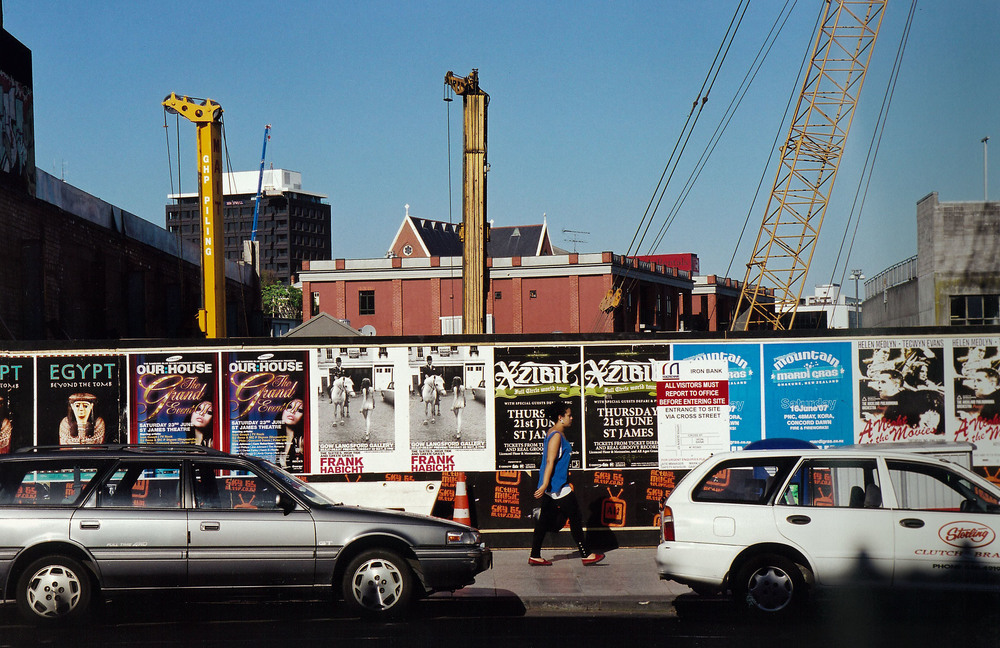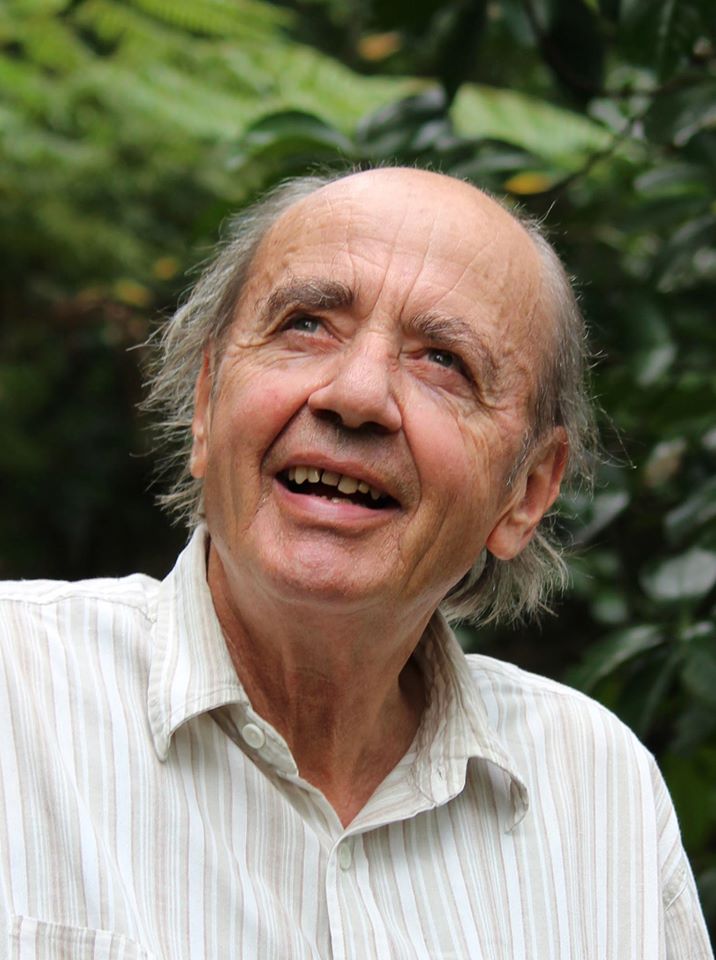Hovering between reality and fantasy… Tina and Joan, London 1967
Leaving Tomorrow Behind, Matahari Boutique, London 1969 (Back cover of As it Was.)
Habicht was born in Hamburg in December 1938. He began his career as a photographer in the early sixties attending the Hamburg School of Photography in 1962. He quickly became established as a freelance photographer and writer in Europe submitting works to be published in magazines including Camera Magazine, Spigelreflex Praxis, Twen, Jasmin, Esquire, Hoer Zu, Die Welt, Sunday Times (UK) and The Guardian. Habicht worked freelance as a stills photographer for film directors Bryan Forbes, Roman Polanski and Jules Dassin (1965-71), and as in-house photographer for the Playboy Club in London (1970) and as a freelance photographer for Top of the Pops (1969). These encounters certainly provided Habicht direct access to international pop idols and film stars who became subjects of his most celebrated photographs and included Mick Jagger and the Rolling Stones, actor/director duo Jane Birkin and Serge Gainsbourg, actors Vanessa Redgrave, Marty Feldman and Christopher Lee, director Roman Polanski and photographer Lord Lichfield.
From Young London Permissive Paradise, Street Carnival Marble Arch 1964
‘Young London’ is now a rare and highly sought after collectors item. It can be found in museums including the Museum of Modern Art NYC (Moma) and libraries world wide. It now fetches soaring prices.
In 2016 the book was on display at the Barbican Centre UK and Manchester Art Gallery as part of the exhibition ‘Strange and Familiar’.
Habicht’s images capture the uninhibited spirit of the times offering a glimpse into the heady period that still manages to arrest the imagination some forty years later. His book “Young London, Permissive Paradise”, a social document on London’s youth, was published in the late sixties. Another photographic book, “In the Sixties” (Tandem Press & Axis Publishing London 1997), juxtaposed those who achieved international fame with the unnamed, not recorded in history books. Frank says his main concern in photography is the process of communication to attempt to keep a situation alive by fusing observer and observed.
In 1981 Frank left a successful international career to reside in New Zealand’s Bay of Islands, drawn to this unique country for its beauty and tranquillity. He now spends much of his time devoted to creating images that celebrate the landscape and community in and around the Bay of Islands where he lives. His two books ‘Bay of Islands Where the Sunday Grass is Greener’ an acclaimed satirical pictorial on New Zealand’s Bay of Islands with Kiki and Helme Heine and his recent Bay of Islands A Paradise Found with Bob Molloy (Totara Press, Paihia 1995) capture the fun and friendship to be found in this stunning part of New Zealand.
In October 2004 Frank exhibited his ‘Karma Sixties’ collection at the Colette Gallery in Paris.
Street posters for Frank Habicht's 'High Tide Green Grass' exhibition at Gow Langsford Gallery, Auckland 2007
Frank's Auckland exhibition in June 2007 ‘High Tide and Green Grass’ attracted nationwide critical acclaim and New Zealand’s current affairs TV show ‘Sunday’ paid homage to his work of this immortal decade.
A party in the spirit of the ‘The Sixties’ was held in Moscow on April 18, 2008 at the exclusive Arterium Gallery to celebrate the opening of Frank Habicht’s exhibition. Paris Hilton was one of the celebrity guests. Funds were collected by the charitable foundation ‘Peace Planet’ in aid of orphaned children.
Strange & Familiar at the Barbican, London
Frank's photographs were featured as part of 'Strange and Familiar' at the Barbican Centre, London May - July 2016 and Manchester Art Gallery from November 2016 - May 2017. The exhibition was curated by Martin Parr.
Another timely photography exhibition at the Beetles and Huxley Gallery in London examines what it means to be British. 'An Ideal for Living' collates photography from the 1920s through to modern days to look at Britain's changing attitudes to class and race. The post-war period is represented by Frank Habicht's photographs showing the spirit of the 1960s, a period when libertarian attitudes were expressed through fashion, design and political activism. The exhibition "An Ideal for Living" runs at London's foremost gallery Beetles & Huxley collating photography from the 1920's through to modern days to look at Britain's attitudes towards class and race.
Frank Habicht. Photo by Keri Molloy








